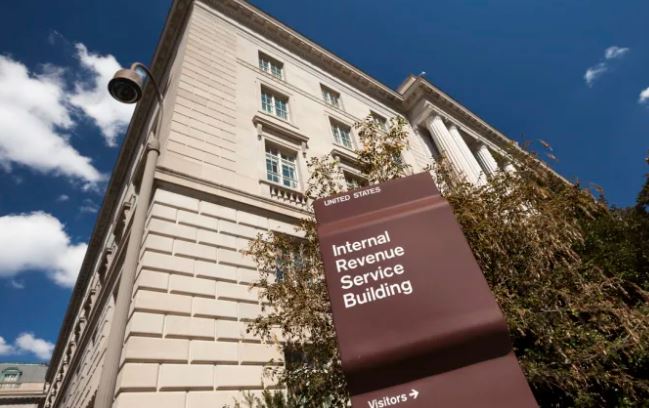Sock more money in your 401(k) next year!
Starting in 2024, employees can contribute up to $23,000 into their 401(k), 403(b), most 457 plans or the Thrift Savings Plan for federal employees, the IRS announced Nov. 1. That’s a $500 jump from the 2023 limits.
The catch-up contribution limit for employees ages 50 and older who participate in 401(k), 403(b), most 457 plans, and the federal government’s Thrift Savings Plan will remain at $7,500, the same amount in 2023.
The limit on total employer-plus-employee contributions to defined contribution plans will increase to $69,000 in 2024, up from $66,000 in 2023.
The 401(k) contribution boost for 2024 is lower than the $2,000 jump that occurred for 2023, but is still significant for the many employees who are falling short of their retirement goals.
Data out in April from the Employee Benefit Research Institute (EBRI) and research firm Greenwald Research found that both workers’ and retirees’ confidence in having enough money to live comfortably throughout retirement significantly dropped from 2022’s numbers, falling to 64 percent from 73 percent among workers and to 73 percent from 77 percent among retirees. That’s the biggest decline in confidence since 2008, said Craig Copeland, director of wealth benefits research at EBRI.
Inflation is making matters worse. Although high cost-of-living has eased over the past year from its red-hot pace, a significant 62 percent of workers see inflation as an obstacle to saving for a comfortable retirement—a big jump from 45 percent last year, according to data from Charles Schwab.
Although inflation concerns mean many employees will not be able to fund their 401(k) accounts up to the maximum, HR professionals will want to convey the news to their workforce and encourage them to consider deferring more money into their accounts to help pad long-term savings.
Defined Benefit Plan Limits
The IRS also announced defined benefit plan limits for 2024.
Effective Jan. 1, the maximum annual benefit that may be provided through a defined benefit plan is $275,000, up from $265,000. For a participant who separated from service before Jan. 1, the participant’s limitation under a defined benefit plan under section 415(b)(1)(B) is computed by multiplying the participant’s compensation limitation, as adjusted through 2023, by 1.0351, the IRS said.
IRA Limits
Meanwhile, the IRS also raised the limit on annual contributions to an IRA to $7,000, up from $6,500 in 2023.
The IRA catch‑up contribution limit for individuals ages 50 and over is not subject to an annual cost‑of‑living adjustment and remains $1,000, the IRS said.
Although personal IRAs are not employer plans, the amount that account holders can contribute annually is affected by whether they have a workplace retirement plan and how much they earn.
Details on these and other retirement-related cost-of-living adjustments for 2024 are in Notice 2023-75PDF, available on IRS.gov.
Learn more about ManagedPAY here.
